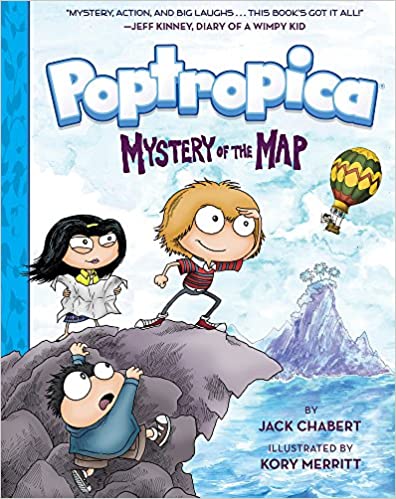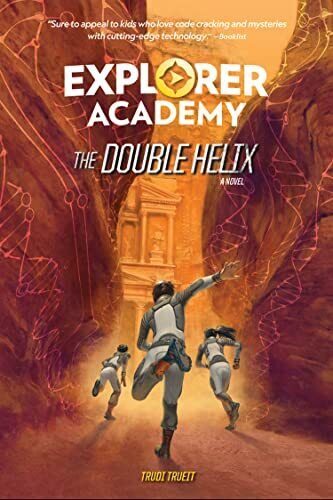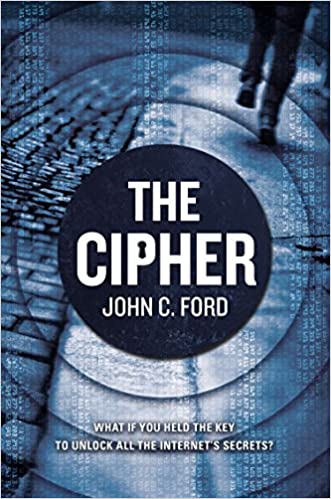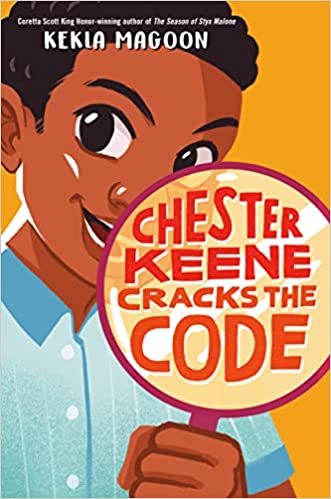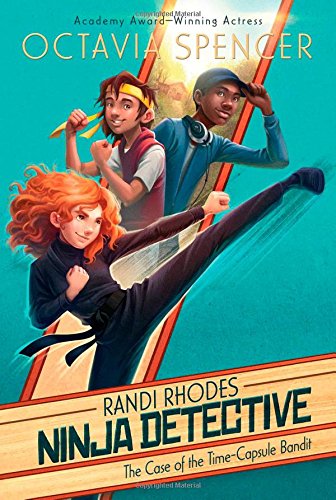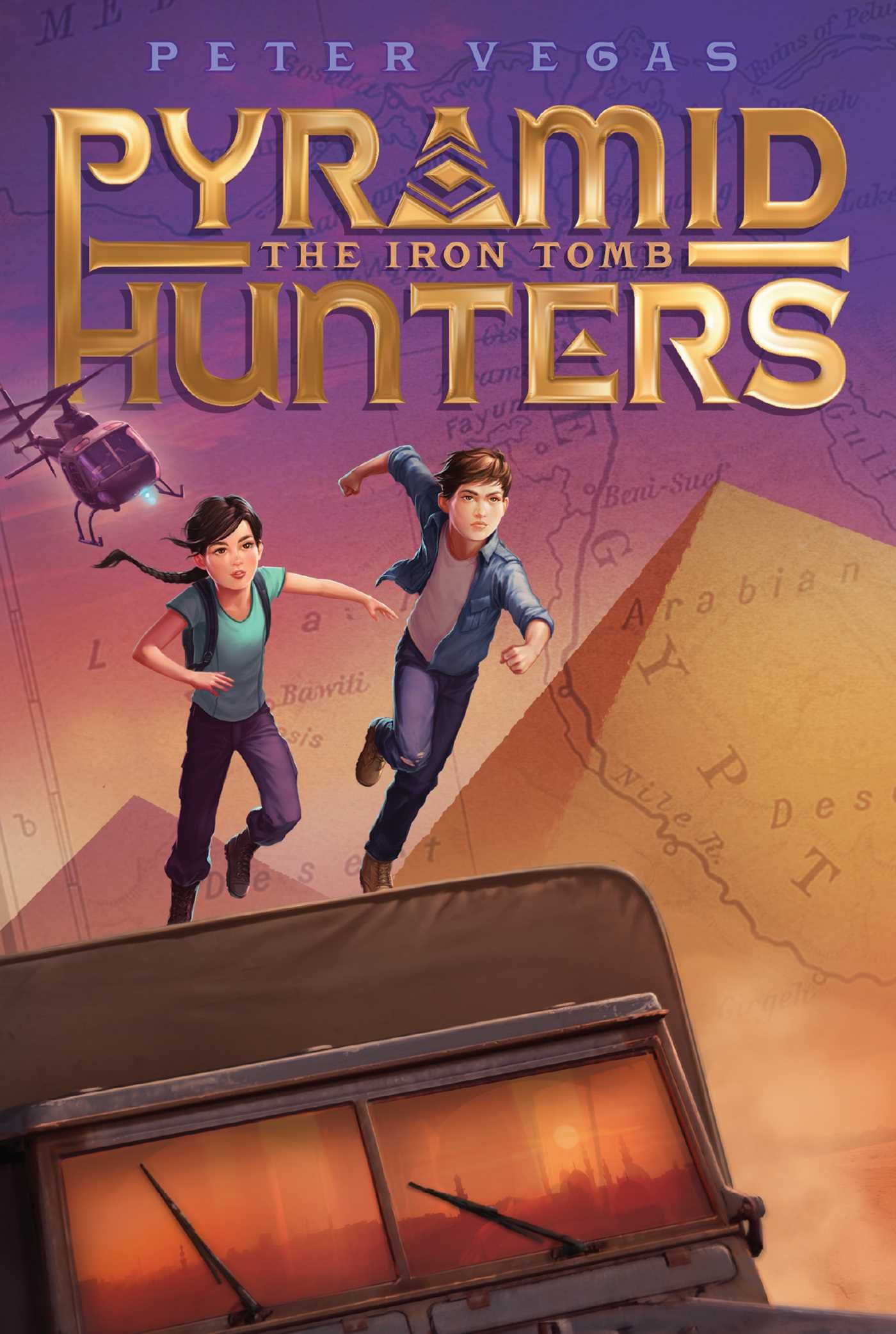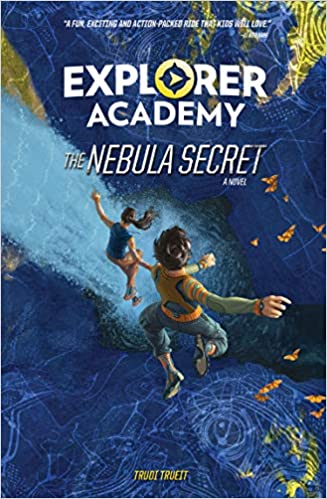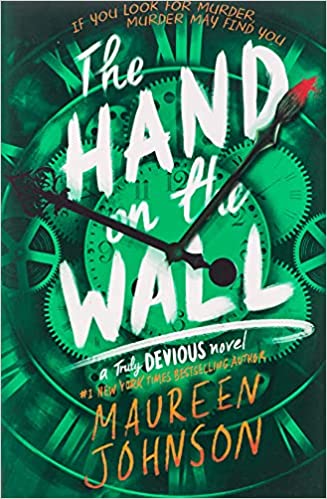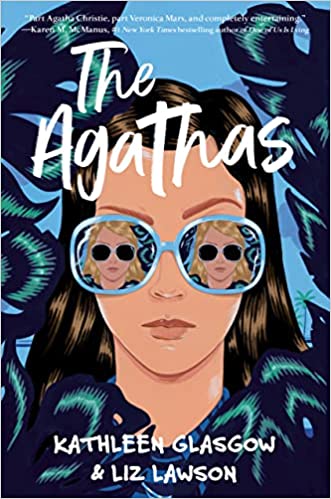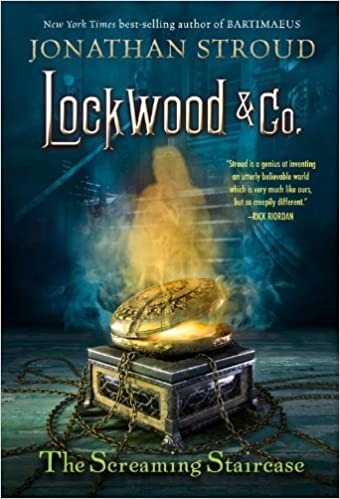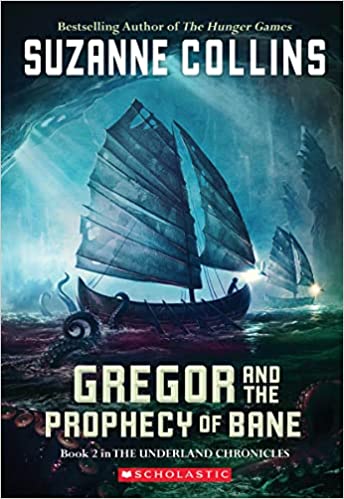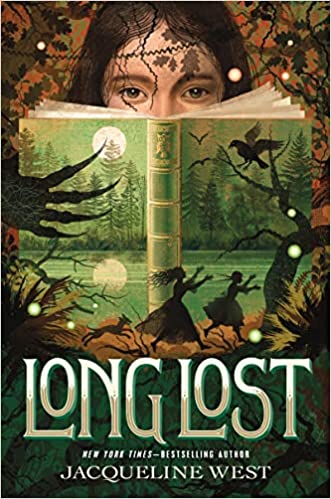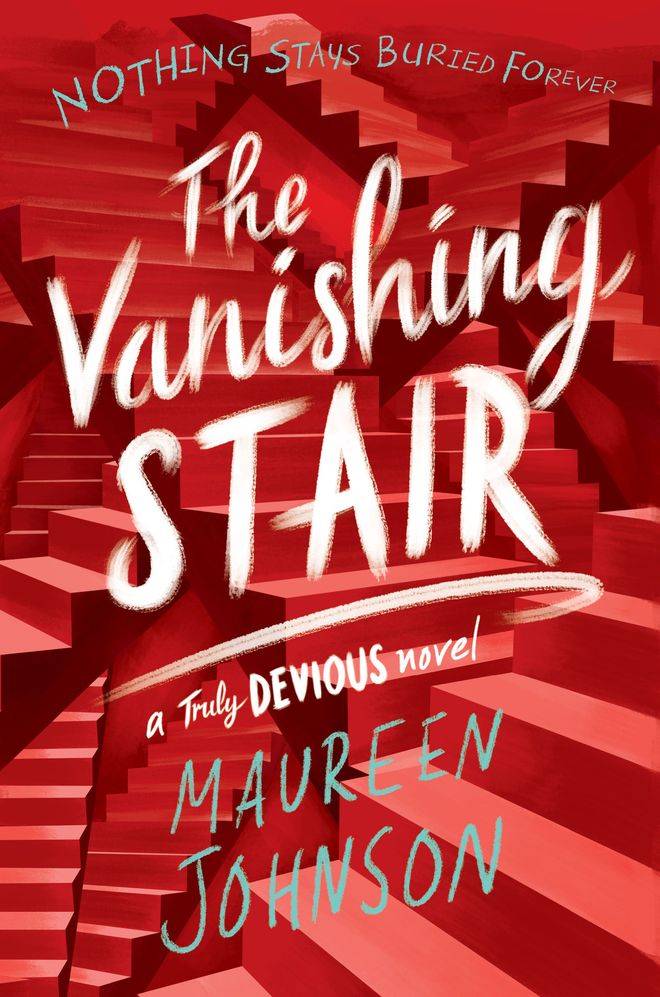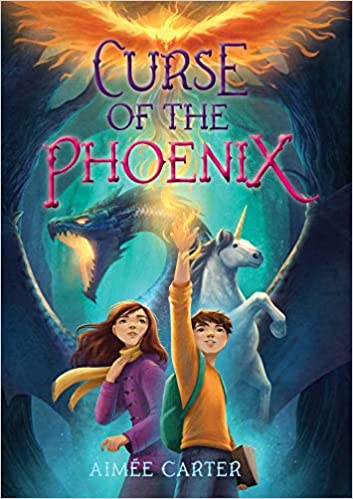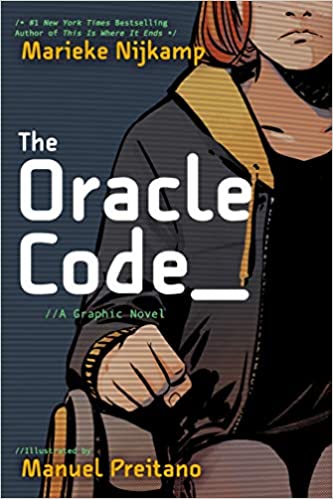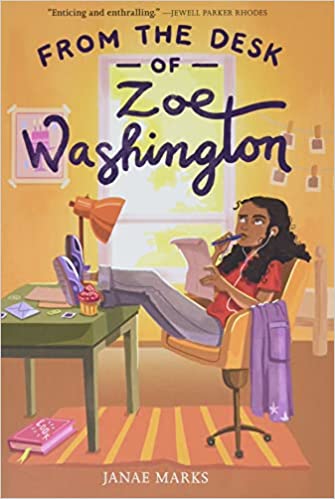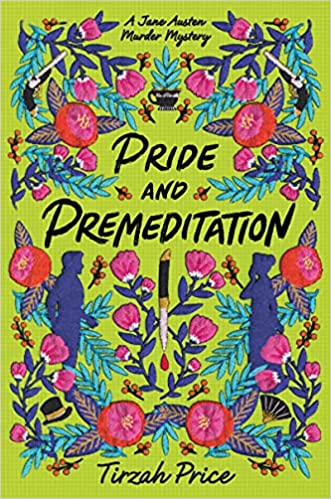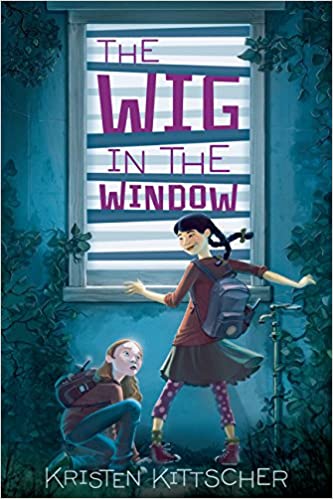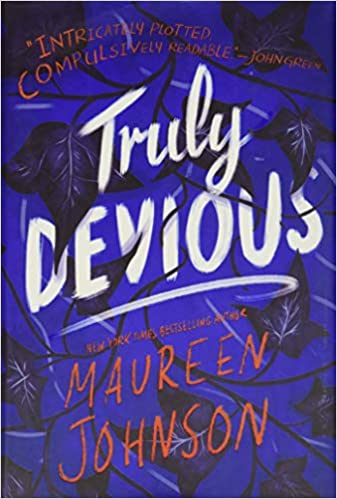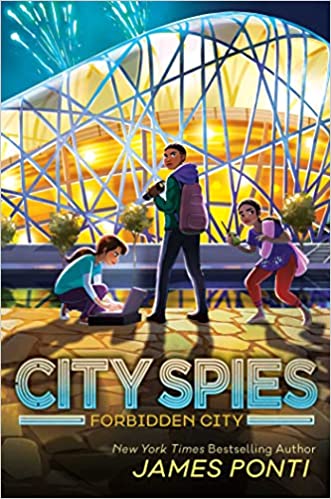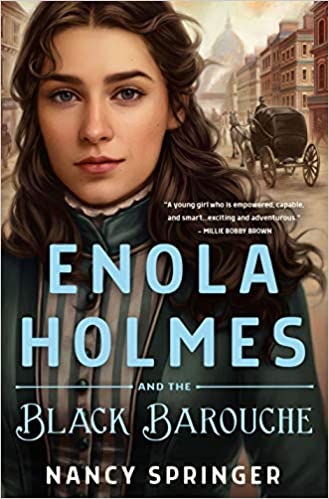Several months have passed since Gregor’s first trip to the Underland. Just as his life is returning to normal, his baby sister Boots is kidnapped by the cockroaches, and Gregor is forced to journey back to the subterranean city of Regalia. Once there, Gregor reunites with the rebellious Luxa and his bat Ares whom Gregor has pledged his loyalty and protection. Gregor soon discovers that the Underlanders have kidnapped Boots because of The Prophecy of Bane. This ancient prophecy implies that if Boots were to be killed, the rats would have the key to power.
The Underlanders believe that Gregor is the prophesied Warrior who must kill an evil rat cloaked in a coat of white: the Bane, an enormous, snow-white 10-foot rat that threatens to destroy Regalia and subject all of the Underland to his rule. The Prophecy of Bane mysteriously says that the Warrior will be fatally weakened if: “Die the baby die his heart, die his most essential part. Die the peace that rules the hour. Gnawers [another term for rats] have their key to power.” Believing that Boots is the baby spoken of in the prophecy, the rats kidnap her.
In order to save his sister, Gregor and his companions must embark upon a long and dangerous voyage, sailing into the heart of rat territory. Gregor is determined to destroy the Bane before the rats can kill Boots. Gregor must learn to fight for those he loves while encountering dangers, close calls, and surprises along the journey. He must also discover what it means to be a warrior.
Those who read Gregor and the Prophecy of Bane will enjoy its simple yet engaging plot, its pulse-pounding action, and its variety of characters and settings. The character and mythos of the Underland are deepened in this worthy sequel. New and dangerous creatures are introduced, the uncharted, watery depths of the Underland are explored, and at the end of this long voyage lies a mysterious and powerful foe: the Bane.
Once readers enter the world of the Underland, the quick-moving plot and the dynamic characters will sweep middle school readers up, keeping their minds and imaginations engaged for the entirety of the book. To keep the suspense high, each new chapter introduces a new danger, an exciting development, and an intriguing complication to the plot. The action, often violent and bloody, is kicked up a notch from the first book. However, like the first book in the series, it is often the creatures and not the humans that suffer wounds and death in battle. Despite this, sensitive readers may be upset by the vivid battle descriptions.
Gregor and the Prophecy of Bane is rife with themes of familial love and sacrifice, compassion, friendship, and duty. Gregor will stop at nothing to protect his friends and family. However, Gregor is faced with many difficult situations and moral dilemmas, all of which develop his character. Gregor discovers that he possesses incredible powers as a fighter. In fact, whenever he is near or in the midst of battle, Gregor’s mind enters into “rager mode;” a “rager” is a gifted warrior who possesses fighting abilities that approach the supernatural. Throughout the book, Gregor must learn to harness and control these abilities, lest they control him. The danger of letting his violent, rager instincts overpower his kind nature forces Gregor to consider the nature of violence and how it should be used only to protect and defend.
Gregor and the Prophecy of Bane provides a story that is an incredibly entertaining blend of mystery, travel, and adventure. Every chapter ends on a cliff-hanger, providing ample reason for even the most reluctant of readers to devour it quickly. Furthermore, the ending perfectly sets up the sequel, Gregor and the Curse of the Warmbloods. Readers will not be able to help themselves, they’ll have to immediately reach for the next installment.
Sexual Content
Violence
- The Underlanders practice their swordplay by having a contraption that throws small, golfball-sized balls at them in rapid succession. The Underlanders’ goal is to slice as many balls as possible. These balls are filled with red liquid that mimics blood. Gregor first goes into “rager mode” when training with the blood balls. “He was aware only of the blood balls flying toward him from all directions . . . He could hear his blade making a whistling sound. Something splattered against his face. . . He could feel liquid dripping off his face and hands. The pounding of his heart was audible. He looked down at the ground. At his feet lay the oozing shells of fifteen balls.”
- The verbiage of the Prophecy of Bane itself is somewhat violent. For example, “If Under fell, if Over leaped,/ If death was life and Death life reaped,/ Something rises from the gloom,/ To make the Underland a tomb./ Hear it scratching down below,/ Rat of long forgotten snow,/ Evil cloaked in coat of White,/ Will the Warrior drain your light?/ What could turn the Warrior weak?/ What do burning Gnawers seek?/ Just a barely speaking pup / That holds the Land of Under up/ Die the baby, die his heart/ Die his most essential part/ Die the peace that rules the hour,/ Gnawers have their key to power.”
- Twitchtip, a rat that aids the humans in their mission, threatens a giant talking firefly, saying “. . . if you don’t stop your incessant babble, that big rat sitting in the boat next to you [referring to herself] will rip your head off.”
- While discussing effective ways to kill rats, Ares the bat says, “The neck is vulnerable. The heart, but one must get past the ribs. Through the eyes to the brain. Under the foreleg is a vein that bleeds greatly. If you strike at the belly, you may not kill instantly, but the rat will likely die within days from infection.”
- As the group is sailing, they are attacked by a giant squid. Gregor is grabbed by “a slimy red tentacle,” and nearly pulled overboard. However, Ares manages to grab him, and “a tug-of-war ensued, with Gregor as the rope.”
- As the battle against the squid continues, Gregor “sank his teeth into the tentacle as deeply as he could” and “slice[d] through a tentacle that had encircled his ankle.” Trying to free Gregor, the humans and bats slice and claw at the tentacles. Gregor enters again into rager mode and, “His sword began to move—not in a premeditative way, but with some instinctive precision and force utterly beyond his control. He hacked away at tentacle after tentacle.”
- After the battle, “Four angry red circles, sucker marks, swelled on his forearm” where Gregor was initially grabbed. These sucker marks “begin to ooze pus.” The scene is described over three pages.
- Gregor’s tentacle wound worsens. “The whole forearm was badly swollen. The sucker wounds, which had turned a revolting shade of purple, oozed fluorescent green pus. They burned as if they were on fire.”
- As Pandora, a bat, flies over a volcanic island, a large cloud of flesh-eating mites emerges from the jungle. “[Pandora] had no time to react. One moment she was darting around eating mites, the next moment they were eating her. In less than ten seconds they had stripped the writhing bat down to the bone. Her white skeleton hung for an instant in the air, then crashed into the jungle below.” Ares barely escapes these flesh-eating mites and is bitten on his tail several times while fleeing.
- The group is attacked by large, dinosaur-like serpents. As the monsters attack, large waves wash the rats “into the serpents’ mouths.” Various members of the quest are injured. “One of Mareth’s pant legs was soaked in blood. In front of him, Gregor saw the shuttering heap of wet fur that was Twitchtip. Blood poured from her nose, which appeared to have been smashed in, and oozed from the stump that had been her tail.”
- When a serpent tries to eat Twitchtip, Gregor stabs the serpent’s tongue. As a fellow quester is attempting to dress Mareth’s wound, he rips “off the remains of Mareth’s blood-soaked pant leg, revealing jagged flesh around a gaping wound.”
- Two rats, Snare and Goldshard, fight each other to the death. “The fighting was vicious . . . Snare lost an eye. Goldshard’s ear dangled from a shred of fur. You could see the bone in Snare’s shoulder. Goldshard’s left front paw was snapped in two. Finally, the gold rat came in on her opponent’s blind side and locked her fangs on his neck. In the final throes of death, Snare got his hind feet between their bodies and slashed open the length of Goldshard’s belly . . . Her intestines spilled out on the ground . . . With a terrible gurgling sound, Snare suffocated in his own blood.”
- After returning from their journey, the Regalian crowds that have gathered are outraged to learn that Gregor has not killed the Bane. They begin throwing objects at him and Ares. “Something hit [Gregor] on the side of his head. His hand went up and came away bloody . . . More objects began to rain around him . . . The one thing they had in common was that they were all made of stone . . . he and Ares were being stoned to death.”
- Because of his failure to slay the Bane, Gregor and the other Underlanders stand trial for treason. Ares informs Gregor that if convicted, “They will bind my wings and your hands and drop us off a very high cliff to the rocks below.”
Drugs and Alcohol
Language
- In response to the taunting of Ripred (a rat), Gregor says, “Just shut up, okay?”
- After the mission’s failure, Ripred offers Gregor a warning saying, “And you know, there will be hell to pay in Regalia.”
Supernatural
- Nerissa, a member of Regalia’s royal family, is a soothsayer, and interprets the Prophecy of Bane.
Spiritual Content

